Cleaning a data center: Contractors vs. DIY
Modern data centers are rarely dirty places, but even so, most are a lot cleaner now than they were before COVID-19 became a concern. A recent Uptime Institute survey, conducted in response to the pandemic, found that about two-thirds (68%) of data center owners/operators recently deep cleaned their facilities, and more than 80% recently sanitized them.
But what exactly does it mean to clean a data center, and who is actually skilled to do it? In a data center, deep cleaning is the removal of particles, static and residue from all vertical and horizontal surfaces, as well as from plenum and subfloor spaces. This requires vacuums with high efficiency particulate air (HEPA) filters to prevent the spread of particles as small as 0.5 microns from damaging servers and other sensitive gear. Sanitization (disinfection) is intended to kill 99.9999% of biological matter in the space, except spores. To eliminate the coronavirus that causes COVID-19 from the data center environment, both processes must be performed.
Much of the above-mentioned work was performed by specialty cleaners, contracted by data center owners and operators. Surprisingly, Uptime Institute has found that, despite high levels of cleaning and sanitization activity due to coronavirus precautions, specialist companies report availability, reducing the need for data center owners and operators to take a do-it-yourself (DIY) approach. Even data center cleaners located in the New York metropolitan area — a data center and COVID-19 hotspot — say they would be able to provide services for a new client in 2-3 days or even faster, if an urgent situation developed.
Specialists say an initial treatment of the entire facility as protection against the spread of COVID-19 is a reasonable approach in many data centers, but it is not cheap. The cost of having a specialized contractor clean and sanitize a data center can become prohibitive if repeated deep cleanings and sanitizations are required. The bill — as much as $100,000 per cleaning for a 100,000 square-foot facility (add another 20% for sanitization) — can rise quickly, especially if repeated work is required (as may be common in high-traffic areas).
Some data center owners/operators take a DIY approach in an attempt to reduce these costs, using facility staff. Even specialized cleaning contractors agree that trained and certified (ISO 14644) personnel can successfully clean and sanitize a facility, but the task is not as straightforward as one might think: Staff must have the proper cleaning equipment; correctly use relevant personal protective equipment (PPE), such as disposable gloves and masks; and have sufficient quantities of appropriate materials for cleaning and sanitization. Some of the most common and easiest-to-use products have been in great demand, so DIYers may struggle to obtain supplies. Cleaning specialists, however, should have sufficient inventory. In addition, personnel must be aware of specific treatments for the coronavirus, as they may vary in some ways from regular cleaning procedures.
Untrained staff may make matters worse if they fail to wear the proper PPE or do not follow procedures exactly. They could overlook server air intakes or disperse particulates into the air, and even trained personnel could accidentally damage or disconnect IT equipment.
Companies that wish to conduct their own cleaning should be aware that the US Environmental Protection Agency (EPA) has published and regularly updates a list of chemicals effective against COVID-19, called List N: Disinfectants for Use Against SARS-CoV 2 (COVID-19). This appears to be the most comprehensive such list in the world.
Many regions and municipalities also maintain similar lists; for example, the UK publishes an informative webpage called the Regulatory status of equipment being used to help prevent coronavirus (COVID-19).
Instructions on the use of chemicals and materials can be confusing and even conflicting. For example, in some cases — but not all — diluted bleach may be an appropriate disinfectant, yet Dell warns enterprises against its use, as well as against the use of peroxides, solvents, ammonia, and ethyl alcohol. Instead, Dell recommends use of a microfiber fabric moistened with 70% isopropyl alcohol by volume.
If, after all these red flags, a data center owner/operator still plans to clean their own facility, the following may help:
- Remember to power down equipment where possible, according to manufacturer instructions and Methods of Procedure.
- If equipment must remain operational while external surfaces are cleaned, use extreme caution in exposing powered equipment to any moisture. Take all proper and necessary precautions when handling powered equipment that has been exposed to moisture.
- Cleaning must be limited to external surfaces such as handles and other common points of contact. Do not open cabinet and chassis doors or attempt to clean any internal components.
- Fiber optics should not be removed for general purpose cleaning due to increased risk of debris contamination.
- Never spray any liquids directly onto or into any equipment.
- When cleaning a related display screen, carefully wipe in one direction, moving from the top of the display to the bottom.
- If the equipment was powered down, all surfaces must be completely air-dried before powering up the equipment after cleaning. No moisture should be visible on the surfaces of the equipment before it is powered on or plugged in.
- Use appropriate PPE and discard disposable items appropriately after use. Clean your hands immediately afterward.

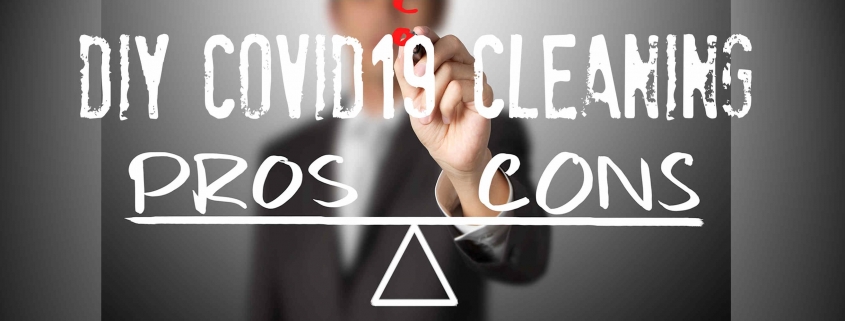
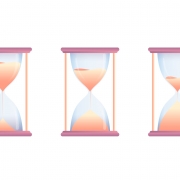 2020
2020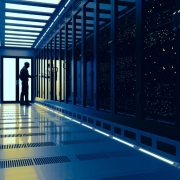
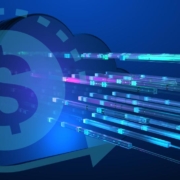

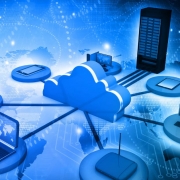
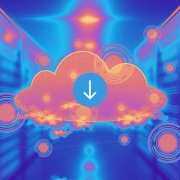
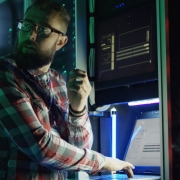

 UI 2020
UI 2020 2020
2020